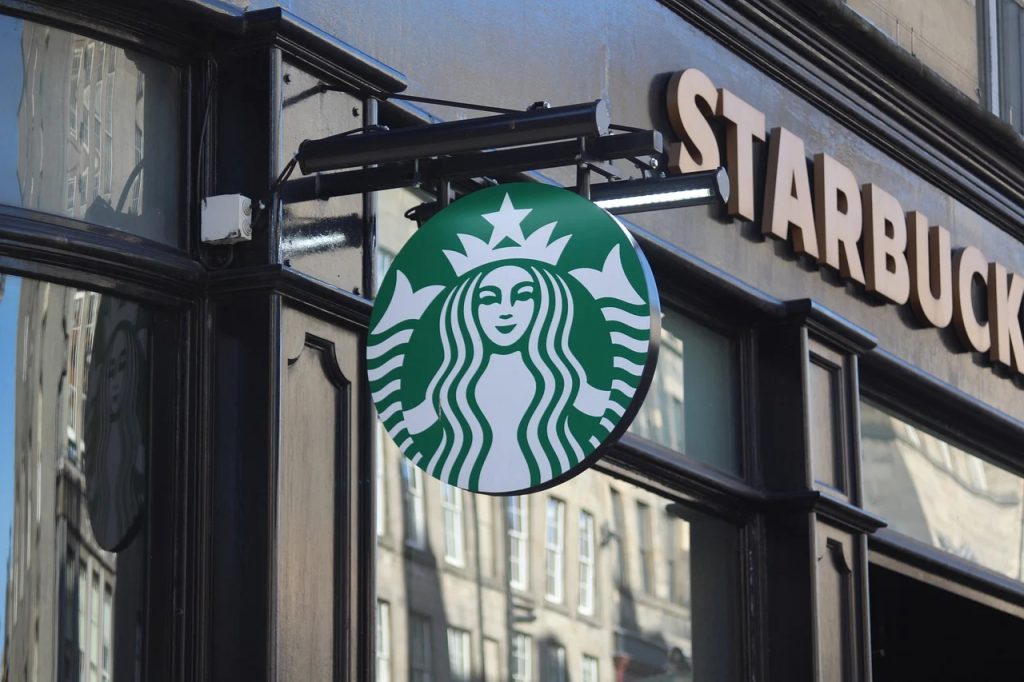The Startling Number Of Starbucks Stores That Are Unionizing Nationwide
This article is more than 2 years old

Despite all the progress that has gotten made concerning worker protection, there is still much work to be done. So employees are increasingly turning toward unionization to support their workplace rights. One example is Starbucks employees, who made national news last year when they successfully unionized at one New York location.
That unionization made national news for one specific reason – the rarity of unions in the food service world. The Bureau of Labor Statistics tracks union data (among many other things). Last year, it found that only 1.2% of workers in the restaurant industry were union members.
The number feels small on its own. But it is truly put into perspective compared to the national average in other industries. In the private sector, 6.3% of employees were union members last year.
So, the first-ever Starbucks union sent shockwaves through the restaurant industry. It happened at a store in Buffalo known as Elmwood Avenue. And since that infamous day, unionization has spread throughout the company.
Over the last year, Starbucks faced union petitions from more than 300 locations. What’s more, the fight over unions at the popular coffee shop offered inspiration to other employees. Now, workers at Trader Joe’s, Chipotle Mexican Grill, and REI have tried to follow suit.
Those workers can only hope to find the same success that Starbucks employees have. Out of the 300 petitions, 260 of them successfully voted to unionize. That is a huge victory for union organizers.
But that win did not come without a fight. In April, then-CEO Kevin Johnson left his position. He got replaced by the previously retired CEO, Howard Schultz.
According to CNBC, “With Schultz at the helm, the Seattle-based company has been fighting back against the union push, and a slowdown in union petition filings since May shows that those efforts may be paying off. Under 3% of the more than 9,000 Starbucks-owned U.S. locations have voted to unionize.” Schultz has spent his time repairing worker relationships while preventing further unionization.
The company has battled the budding unions on two fronts. It invested over $1 billion in improving benefits, innovating stores, and increasing pay. But it has also indirectly targeted union members.
Many organizers found themselves fired for reasons unrelated to the union fight. Additionally, Starbucks chose to close down multiple locations that had successfully unionized. And efforts to negotiate or find common ground with its unionized workers have failed.
“Representatives from Starbucks have walked out of meetings minutes after they begin, insisting on only face-to-face negotiations, citing federal regulations. The company has filed 22 complaints tied to negotiations with the National Labor Relations Board.” None of that bodes well for the future of Starbucks unions.
Per national labor laws, if negotiations fail for a year, workers can choose to petition for de-certification. That typically happens when employees initially agree to a union but have not realized the promised benefits. And for some Starbucks locations, that time is approaching rapidly.
Many Starbucks employees, and those from other companies, will watch the news closely over the next few months. Time will tell whether the push to unionize Starbucks will ultimately be a broader success. How this workplace drama turns out may ultimately influence other industries.



